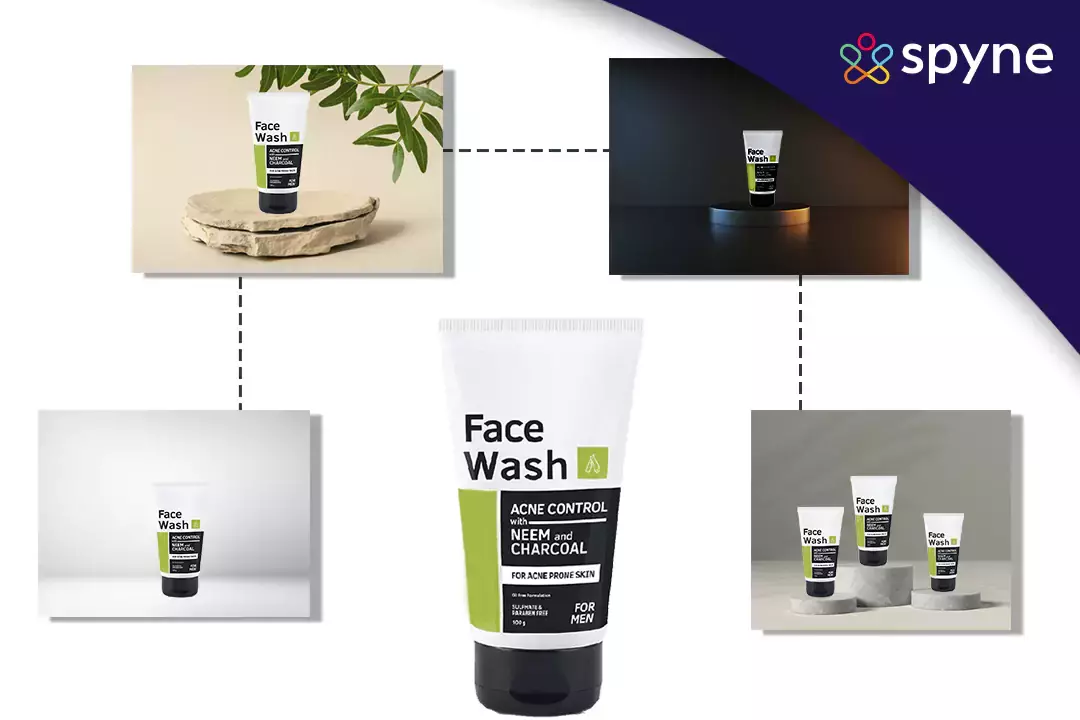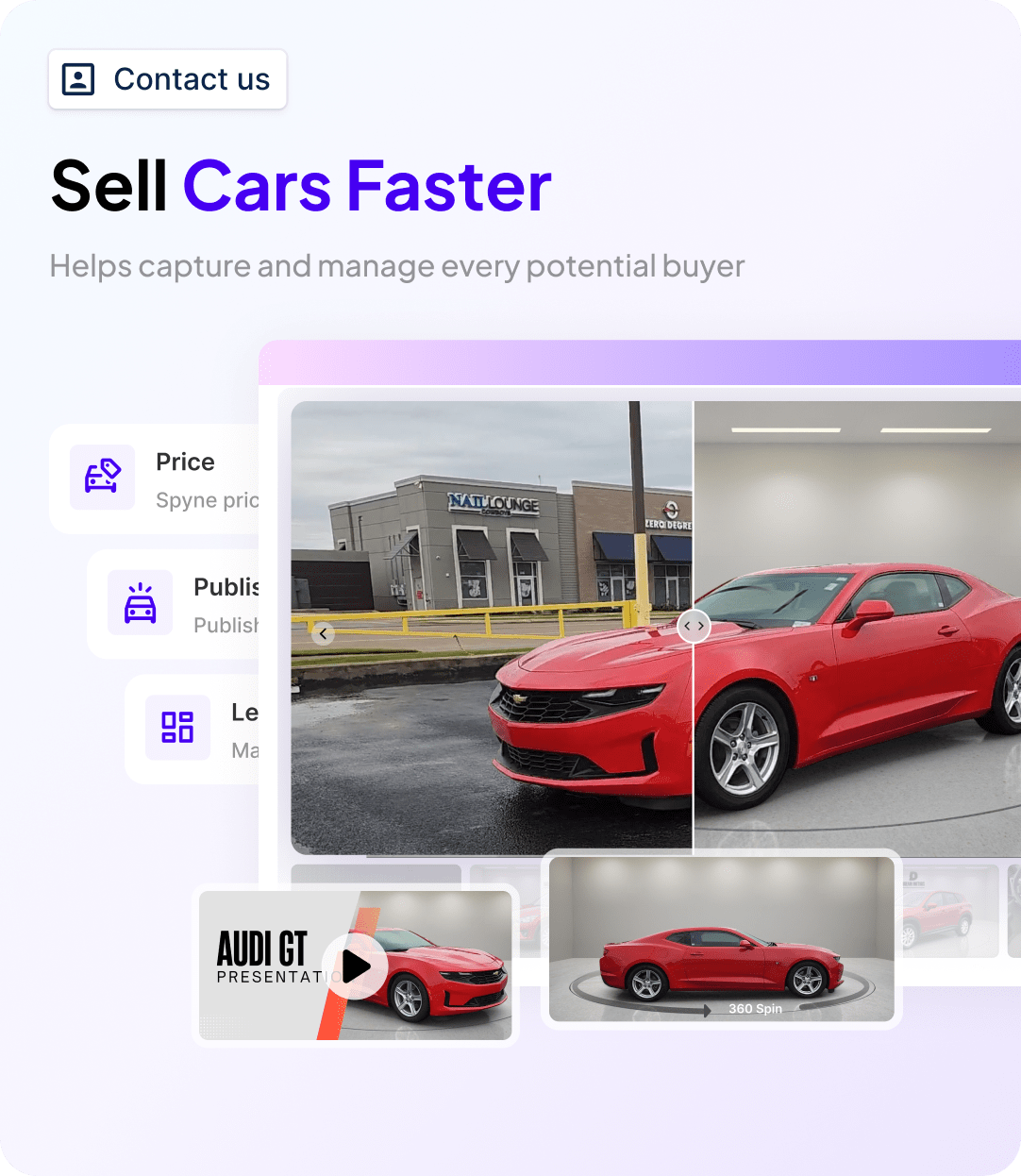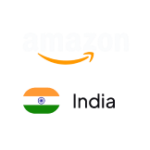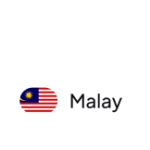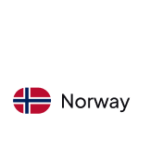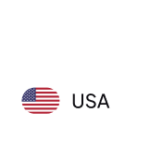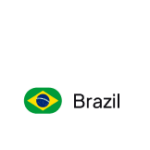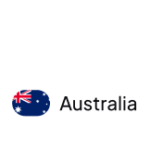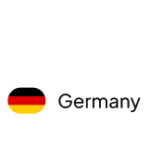A product photography background is the surface or material placed behind the product when photographed. A background is an essential part of product photography because it sets the tone for the image and provides a backdrop for the product. Backdrops for product photography can be made from various materials such as paper, fabric, vinyl, and even natural materials like wood or concrete. The color and texture of the background may also vary depending on the product photographed and the desired aesthetic.
A clean, simple background, such as white or black, is often used in product photography because it allows the product to be the image’s focal point. Neutral colors like gray or pastels can also be used to complement products and create a more subtle backdrop. A textured product photo background can add interest and depth to an image. For example, a wooden table or a brick wall can provide a natural, textured backdrop that complements rustic or natural products.
Backgrounds can also be used to convey a certain mood or aesthetic. For example, bright, colorful backgrounds can be used to create a playful or energetic atmosphere, while dark, moody backgrounds can create a more dramatic atmosphere.
Best Product Photography Backgrounds that You Should Try in 2023
If you’re looking for the best Product Photography background ideas in 2023, consider the following options:
Neutral colors
Neutral backgrounds like white, gray, and black are always safe for product photography. They provide a clean and simple background, making the product the image’s focal point.
Texture
A textured background can add interest and depth to your product photos. Consider using wood, concrete, or fabric materials to create a natural, textured backdrop.
Colored Backgrounds
By using colored backgrounds, you can add a splash of color to your product photos and create a specific mood or atmosphere. Choose colors that complement your product or brand, or try bright, vibrant colors to make your products stand out.
Patterns
Use patterned backgrounds to add visual interest to your product photos. Consider subtle patterns like geometric prints or bolder graphic patterns.
Natural Scenes
Photographing a product in a natural setting can create a sense of realism and realism. Consider photographing your product outdoors, in a garden or park, or in a natural setting that complements your product.
Gradient backgrounds
Use gradient backgrounds to create smooth, subtle transitions between two colors. It can add depth and dimension to your product photos and create more vibrant images.
Ultimately, the best background for Amazon product photography will depend on the product itself, your brand aesthetic, and the message you want to communicate through the image. Experiment with different backgrounds to see which works best for your product and branding.
Why Is A Product Photography Background Important?
The background you choose for product photography is crucial for creating visually captivating and professional images. It enhances the aesthetic appeal, draws attention to the product, and reinforces your brand’s image.
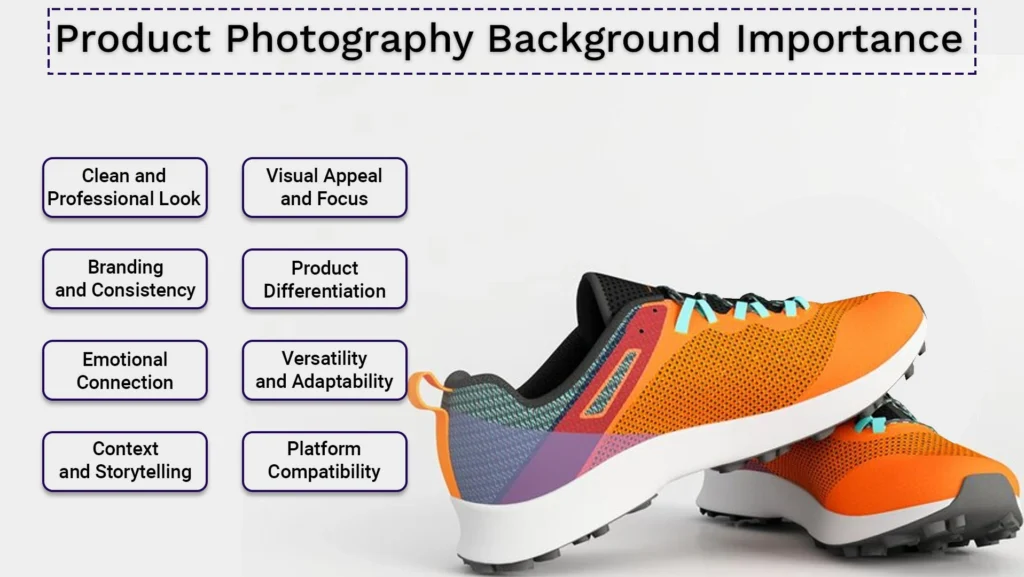
A product photography background is important for several reasons, including:
- Clean and Professional Look: It provides a polished and organized appearance, crucial for conveying a sense of quality and credibility.
- Visual Appeal and Focus: It ensures that the product stands out and becomes the image’s focal point, capturing viewers’ attention.
- Branding and Consistency: Consistency in background choices establishes a cohesive and recognizable visual style that reinforces your brand image.
- Product Differentiation: By selecting a background that contrasts or complements the product, you can enhance its features and make it visually distinct. This differentiation helps your product stand out from competitors and grabs the viewer’s interest.
- Emotional Connection: The background’s color and style can evoke specific emotions or moods, enabling you to connect with your target audience on an emotional level.
- Versatility and Adaptability: Choosing a versatile background for your product portfolio ensures visual consistency and professionalism.
- Context and Storytelling: Using props, settings, or themed backgrounds adds context and storytelling to your product, captivating customers and highlighting its purpose, ultimately boosting its appeal.
- Platform Compatibility: Choose backgrounds that meet platform requirements and visual guidelines to ensure compatibility across mediums like e-commerce websites, social media, and print catalogs. This enhances the integration and effectiveness of your product images.
How To Select The Right Background For Product Photography?
A good product photography backdrop should complement the photographed product and help create a visually appealing and effective image. Here are 10 major factors that make for a good background for product photography:
- Contrast: Choose a background that contrasts nicely with the product to make it stand out.
- Style and Branding: Ensure the background complements your product’s style and brand image.
- Simplicity: Keep the background simple and uncluttered to draw attention to the product.
- Color Psychology: Consider the psychological impact of colors and choose ones that align with your brand.
- Texture and Material: Select a background with a surface or material that enhances the product’s appearance.
- Lighting: Consider how different backgrounds interact with light and impact the overall look.
- Product Size: Choose a background that suits the size of your product, whether seamless or specific location.
- Shooting Environment: Consider the platform where the photos will be used and adapt the background accordingly.
- Storytelling: Use props or themed backgrounds to create a narrative or context around the product.
- Versatility: Opt for a versatile background that can be used for various product types.
Product Photos On A White Background
Product photos with a white background are popular for e-commerce and other online selling platforms. The main reason for using a white background is that it creates a clean, minimal look that makes the product stand out and is the main focus of the photo.
Here are some tips for taking white background product photography:
Use a softbox: A softbox is a small, portable product photography studio that diffuses light and helps eliminate shadows. It is the perfect tool for white background product photography.
Use a white background: The white background can be anything from a sheet of paper to a roll of seamless paper. It’s important to ensure the background is entirely white, with no wrinkles or creases.
Use diffused lighting: Soft diffused lighting helps eliminate shadows and creates a uniform white background. You can use natural or artificial light but avoid harsh direct sunlight.
Use a tripod: A tripod will help ensure your photos are crisp and clear.
Editing photos: After taking a picture, you may need to edit the image to adjust exposure, white balance, and other settings. You can make these adjustments using Product Photo Editing software such as Adobe Photoshop or Lightroom.
By following these tips, you can create professional-looking product photos on a white background to help your products stand out and attract more customers.
What Colors to Choose for The Product Background?
When choosing a color for a product’s background, several factors should be considered, including the product itself, the target audience, and the overall brand image.
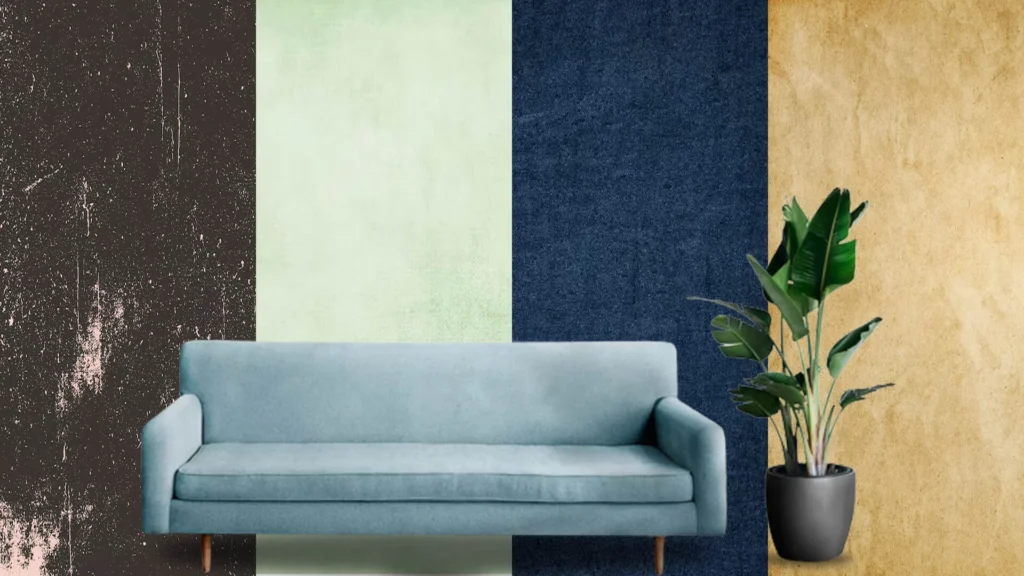
So, tips to help you choose the right product photo background color are:
Neutrals: Neutral colors like white, gray, and beige are safe bets for most products, especially if you want a look clean and minimalist are also effective if you want to showcase your products without any distractions.
Complementary colors: If you want to create a contrast between the product and the background, you can use complementary colors. For example, if your product is blue, you can use an orange or yellow background to make it stand out.
Brand colors: If you want to reinforce your brand identity, you can use the color of your brand logo or other marketing materials as the background color. This helps create a cohesive look and makes your brand more recognizable.
Target Audience: Consider the preferences and tastes of your target audience when choosing a product photography background color. For example, if you’re selling children’s toys, you might want to use bright, playful colors, while if you’re selling luxury goods, you might want to use more subdued, sophisticated colors.
Context: Consider the context in which a product is used or displayed. For example, if you sell outdoor gear, you might want a nature-inspired background, while if you sell electronics, you might want a more futuristic or high-end background technology.
The key is to choose a product shoot background color that enhances your product’s visual appeal and helps it stand out while being consistent with your brand identity and appealing to your target audience.
What to Consider when Choosing Product Photography Backgrounds?
When choosing a product photography background, there are several factors to consider, including:
Color: The background color can affect how your product looks in the photo. Choose a color that complements the product, enhances functionality, and attracts attention.
Textures: Background textures can add depth and dimension to photos. Consider using textured surfaces or adding accessories in the background to make the product stand out.
Lighting: The lighting used in a photo can also affect the appearance of a product. Be sure to use appropriate lighting to accentuate and accentuate product features.
Branding: Consider using backgrounds matching your brand’s colors, style, and aesthetics. This helps create a consistent look across your product photos and can make your brand more recognizable.
Size and shape: Make sure the background is the right size and shape for the product you photograph. The background should not dominate the product or make it appear small or insignificant.
Versatility: Choose a versatile background that can be used for multiple products. This saves time and money in the long run and ensures consistency in your product photos.
Budget: Consider baseline costs and whether they are within budget. There are many affordable options, including homemade wallpaper from household items.
These are the major factors we consider when choosing to make a product background for photography.
What Colors are Best for Your Product?
Determining the best color for your product involves considering various factors, such as brand identity, target audience, and message. Here are 9 Best Colors for your product:
- Red: Red is a bold and attention-grabbing color, symbolizing power, energy, excitement, passion, and urgency, often utilized in marketing for fast-food chains and clearance sales to evoke a sense of urgency.
- Green: Green evokes harmony, health, and safety, creating a welcoming atmosphere. Eco-friendly brands favor it and can also be associated with wealth.
- Blue: Blue builds trust, conveys reliability, and stimulates productivity, making it a popular choice for finance, healthcare, and social media brands.
- Pink: Pink captures attention and evokes excitement, romance, and playfulness, making it a popular choice for baby products, toys, makeup, and desserts. It is also used to target young female consumers by offering pink versions of products.
- Purple: Purple is the color of royalty, reminding people of elegance, prestige, sophistication, and respect. It can be a popular color for higher-end products that want to portray a sense of luxury.
- Yellow: Yellow exudes positivity, warmth, and motivation, evoking feelings of happiness and optimism, although it can also cause anxiety in some individuals. Certain shades of yellow can signify affordability.
- Gold: Gold symbolizes luxury, success, and wealth, making it an ideal choice for high-end brands, but be cautious of shades that resemble yellow to avoid associations with lower quality.
- Black: Black exudes authority, power, and sophistication while conveying a sense of stability and mystery. Its versatility allows for modern and traditional applications, especially when paired with contrasting colors.
- Gray: Gray signifies practicality, stability, and professionalism, often used by technology, finance, equipment, and transport brands to convey credibility and modesty.
Product Photography Backdrops You Should Try
Product photography backgrounds play a vital role in enhancing the look of your product images. They provide a clean and professional background to help your product stand out and grab the attention of potential customers.
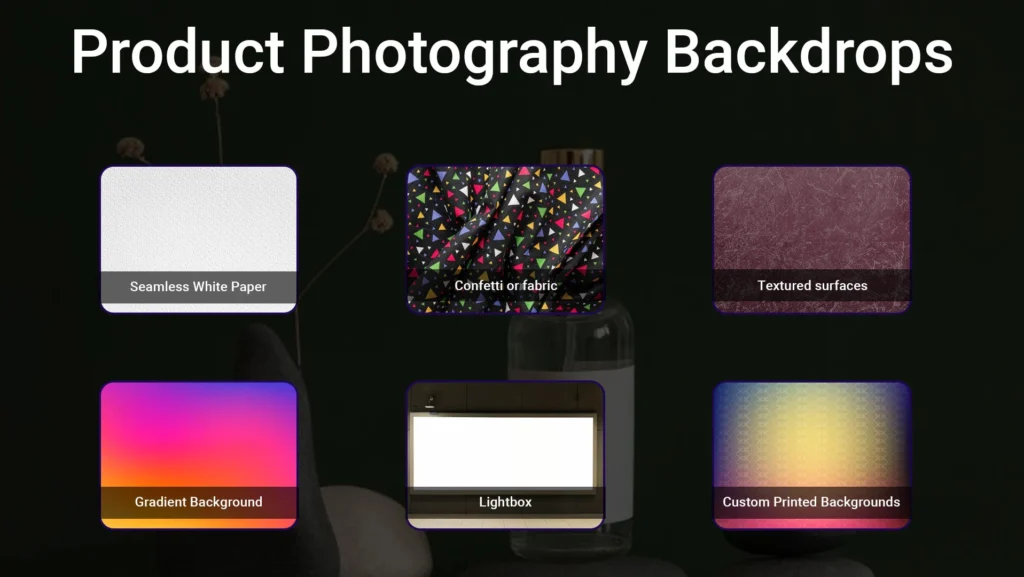
Here are some product photography backgrounds you should try:
Seamless White Paper: This is a classic choice for product photography as it provides a clean, bright background to make your product stand out. It is also affordable and readily available at most photography supply stores.
Confetti or fabric: Confetti or fabric is a great option to add color to your product photos.
Textured surfaces: Textured surfaces like wood, brick, or concrete can add visual interest to your product photos. They are particularly suitable for products with a natural or rustic look.
Gradient Background: A gradient background transitions from one color to another for a subtle yet striking effect. It’s a great option for adding depth and dimension to your product photos.
Lightbox: A lightbox is a compact, portable box that provides even lighting for your product photos. They are particularly suitable for small products such as jewelry or electronics.
Custom Printed Backgrounds: Consider creating a custom-printed background with your logo or branding for a unique and personal touch. It’s an excellent option for businesses looking to create a cohesive look across all of their product photos. You can add a product photography backdrop stand to provide stillness to the frame.
Whatever background you choose, ensure it is clean and wrinkle-free before shooting.
Creative But Simple Product Photo Backdrops
Product photography doesn’t always have to be complicated or require expensive equipment. Sometimes all you need is a creative yet straightforward product photo background to make your products stand out. Here are some product photography background ideas:
- White Foam Board
- Marbled Photo Paper
- Colorful Billboards
- Wood Plank
- Fabric
- Printed Paper
Remember that simplicity is vital with product photography backgrounds. Pick a backdrop that enhances your product without overwhelming it, and make sure it’s clean and free of distractions.
When to Use Natural Backgrounds Vs. Colored Backdrops in Product Photography
When it comes to product photography, the choice between natural and colored backgrounds depends on the product and the desired image outcome.
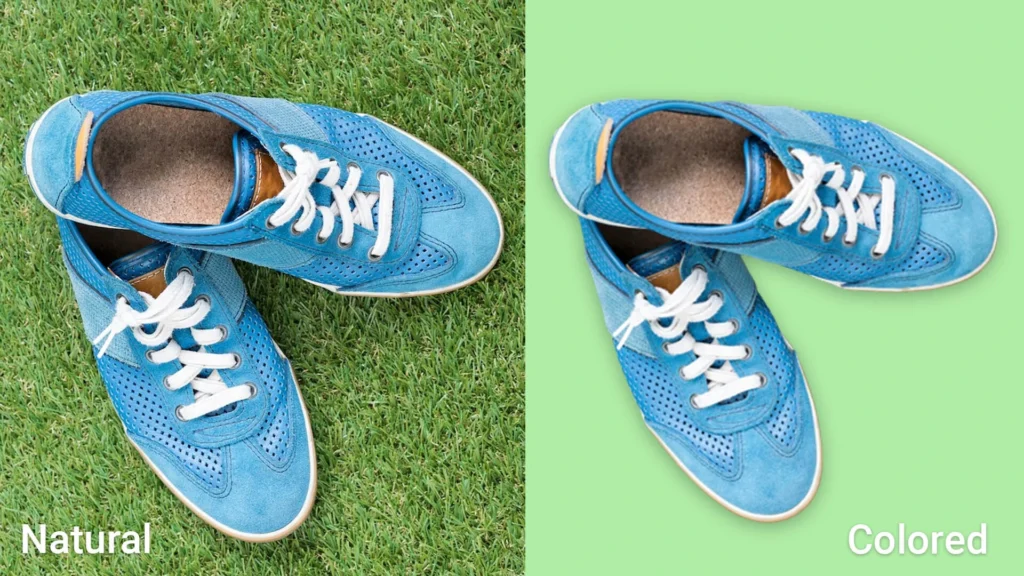
Here are some features to consider when deciding which option to use:
Natural backgrounds
- When you want to create a background feel: Natural backgrounds can help your product images to tell a story. Say and give an idea of the use or environment of the product. For example, a product designed for outdoor use may be photographed in a garden or park.
- When you want to create a more natural feel: A natural background can give an image a more relaxed and natural feel, making it more appealing and captivating to the viewer.
- When you want to accentuate the texture of a product: Natural backgrounds can help enhance the texture of a product by adding depth to the image.
Colored Backgrounds
- When you want to create bold, eye-catching images: Colored backgrounds can make your product stand out and grab your audience’s attention.
- When you want to create a cohesive look: Using colored backgrounds can help create a cohesive look in your product images, making them more recognizable and on-brand.
- When you want to eliminate distractions: A colored background removes all distracting background elements and draws attention to the product.
Creative Background Ideas for Your Product Photography
One should think outside the box when it comes to context is important if you want your product photos to stand out and grab the attention of potential customers.
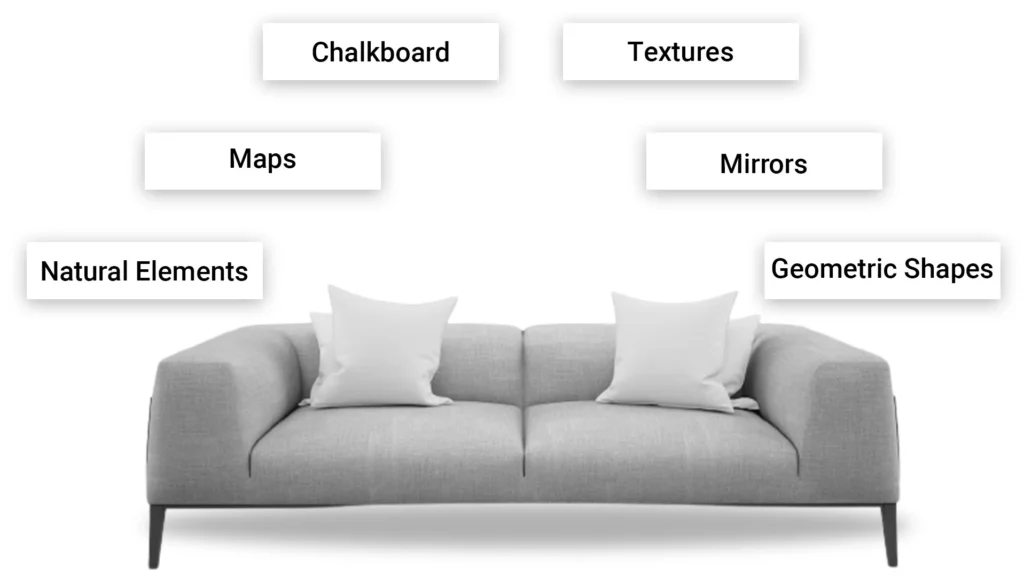
Here are some creative product background ideas:
- Chalkboard: A chalkboard background is a great choice for products that have a handmade or crafted look. You can use the chalk to write your brand, product name, or any other relevant information.
- Geometric Shapes: Create visually interesting backgrounds using cut-out geometric shapes in contrasting colors. It can be a good choice for products with a modern or minimal look.
- Textures: Experiment with different textured backgrounds like fur, grass, or concrete to add depth and dimension to your product photos.
- Maps: Map backgrounds can work well for travel-related products or products with a sense of adventure or exploration.
- Mirrors: Use mirrors to reflect your product for a unique and eye-catching perspective.
- Natural Elements: Incorporate natural elements such as plants, flowers, or stones into your background to create a feeling of harmony with nature. For an eco-friendly or sustainable product, this can be a good choice.
Wrapping Up
Product photography is an essential aspect of e-commerce, and having the right background can make all the difference in the final product images. With the help of Spyne’s artificial intelligence technology, businesses can now create stunning product photos that stand out from the competition. Spyne AI-powered Product Background Removal tool makes removing any unwanted background elements easy and replaces them with a clean, professional-looking background. This technology saves businesses valuable time and resources while also delivering high-quality images that enhance the customer’s shopping experience. Whether you own a small business or a large corporation, Spyne’s innovative product photography solutions can help you increase sales and grow your brand. So why wait?
Contact Spyne today to learn how their AI-powered technology can take your product photos to the next level.

